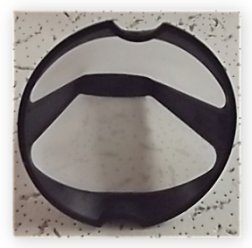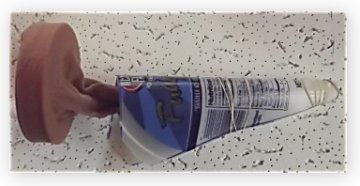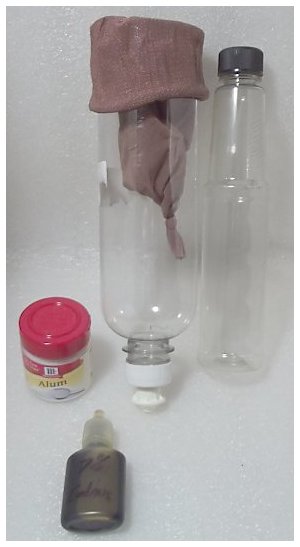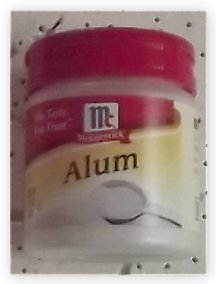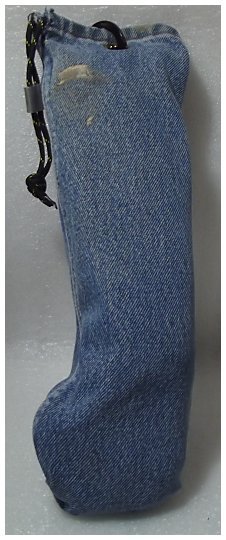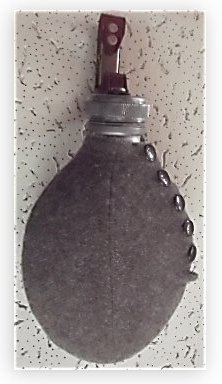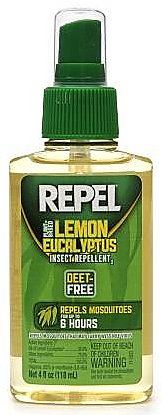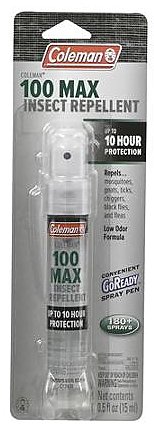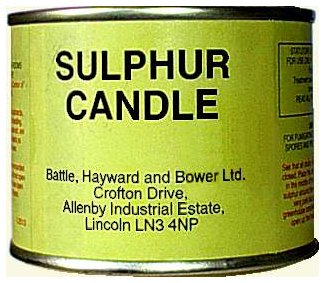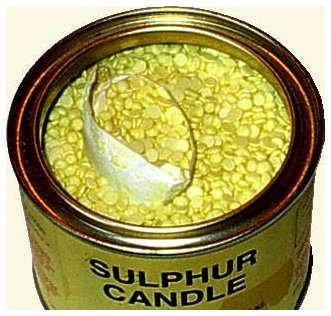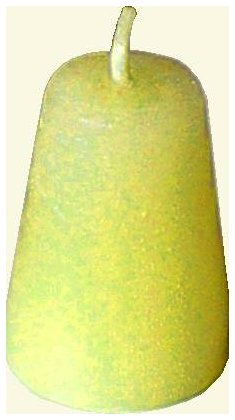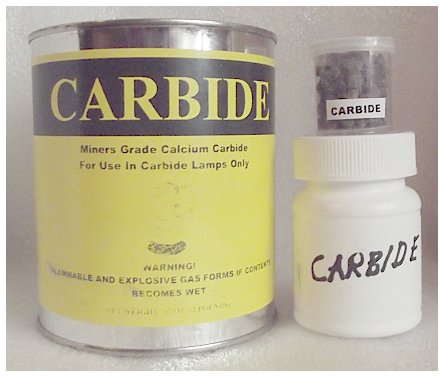|
A guide to self reliant living |
||||||||||||||||||||||||
|
Tuning the Ruger Charger Pistol Bug-out-Bag (BOB) Tips and Tricks Bug-out-Bag (BOB) Tips and Tricks 6. Kerosene heaters and cookers 12.
Electrical; generators Miles Stair's SURVIVAL Miles Stair's SURVIVAL
|
Bug Out Bag (BOB) Tips and Tricks Almost every respected (that would be non-government) economist now predicting a major economic crash which could be an overnight or even intraday event, having a Bug Out Bag in every vehicle has considerable logic. Someone may only commute 10 miles to work, but in many cases that would be via freeways through less-than-desirable areas where tribal behavior is only one delayed EBT card failure from full scale warfare. The ''Free Stuff Army" (FSA) already takes half of what working people earn. In a societal breakdown they would want EVERYTHING you have - RIGHT THEN. The FSA is more brutal than you are, they have no qualms about using maximum violence to get what they want, and they work in concert, in groups, that can easily overpower the lone straggler simply trying to get home. Liberals who believe otherwise are simply Darwin Award Candidates in the making and will be referred to in the history of our times as ''victims.'' The areas where the FSA dominate must be avoided at all costs! And that would most probably mean a long detour around their areas. Hence, a BOB in every vehicle and even in a locker at work would be highly advisable. Given the greatly diminished economy our glorious leaders have bestowed upon us, many families now must have at least two adults working and children old enough to work often have part-time jobs or must drive to school. That means multiple BOB's! Well-equipped BOB's can be expensive! So, herewith are some simple, inexpensive tips and tricks on assembling cheap but worthwhile BOB's. The items listed are decidedly not ideal for the intended purpose but they will work. More items will be added later, but at least this is a start. Water is always a problem in emergency preparations where portability is an issue. Water is heavy! A lot of water cannot be carried. Water has real storage problems if kept in the trunk of a vehicle, bouncing around, heated and frozen, and left undisputed for months or years at a time. That means making whatever water is found potable - safe to drink.
You will need to click on the photos above to enlarge them. The right hand photo shows the assembled pieces if the coffee filter and funnel are not used - or they can be used in conjunction with the pre-filters. The nylon stocking is put inside the large bottle, folded over the top to hold it open, and water can be poured into the filter. This is a common drinking water bottle sold cheaply in grocery stores, but the push-pull cap from a dishwashing detergent bottle has replaced the normal cheap cap. In use, water is poured through the nylon stocking and accumulates in the large bottle. That bottle is then placed over the tall, thin bottle with the black cap. The push-pull cap on the filter bottle means one person can hold both bottles and pull down the white cap so filtered water will flow into the tall, thin bottle with the black cap. Why tall, thin bottles? Well, they store easily. All of the components shown in the photo at right above will fit into the larger bottle and make for very compact storage. Most important, surface water will need to be treated so any cloudiness is precipitated out and also treated and purified.
The next step is using iodine to kill anything in the water. I use 7% iodine, available at feed and seed stores, as it is twice the concentration of drug store iodine. 7% iodine is sold in large bottles, though, so I transfer it to small eyewash bottles that are designed to dispense drops, and label the bottle appropriately. A drop of iodine is sufficient to purify the water, which takes 20 to 30 minutes.
PROTECTION FROM INSECTS
Insect protection in an enclosure If you find a cave or make a shelter such as a wattle or dugout or even a temporary tarp tent, it is an absolute certainty it will contain fleas, ticks, spiders, snakes and of course mosquitoes. There is one certain way to kill anything that breathes in an enclosed space: remove the oxygen and poison the air. Burning sulfur will produce fumes that absolutely kill anything breathing those fumes. But sulfur also produces a visible cloud and smells horrible, and attracting attention is not what you want in a bug-out situation, to say nothing about the risk of a fire on flammable debris in what you hoped would be a safe place! Carbide will do the trick, producing acetylene gas which displaces the oxygen. I do not know of any sulfur candles currently available in the US, but David A. Cushman, who used to make them, put directions for making sulfur candles on his website. The advantages of carbide pellets are legion. Carbide pellets in one pound cans are often available at hardware or feed stores. The reason they carry carbide is for killing moles and gophers. Carbide pellets must be stored ABSOLUTELY DRY, with no possible way for the pellets to get wet or even absorb humidity. In the photo above right you will see I have used a small, sturdy prescription bottle for a good supply of carbide pellets, and on top of the prescription bottle is a smaller clear plastic bottle with an air-tight lid. The smallest bottle holds enough carbide pellets to fumigate a couple of small shelters. NOTICE ALL THE PRECAUTIONS! When oxygen is displaced EVERYTHING that breathes will die. So you cannot occupy the shelter until it has been thoroughly ventilated to remove the sulfur fumes or the acetylene gas from carbide. To use either a sulfur candle or carbide pellets, the structure/shelter/cave must be sealed as well as possible while being fumigated. Even plastic sheeting draped over the entrance will work to keep drafts from dissipating the gas until the bugs are killed. It is best to not have any gear in the area being treated until it is ventilated as it would smell like sulfur or acetylene gas. Not pleasant. After an hour or so of being sealed, open the entrance and fan or wave something to move air into the structure to ventilate out all the gas fumes. Then wait another hour before moving in, just to be safe. Again, sulfur candles produce a noxious aroma and a visible gas. Both attract attention when it is least needed. And there is the fire hazard from hot burning sulfur if there is dry debris in the structure - and there will be. ACETYLENE GAS IS EXPLOSIVE! You do not want to have flame of any type near acetylene gas. No smoking outside the entrance of a cave while fumigating! No campfires, nothing at all until the fumes are dissipated by making air move pass through the area being fumigated.
|
|
||||||||||||||||||||||

